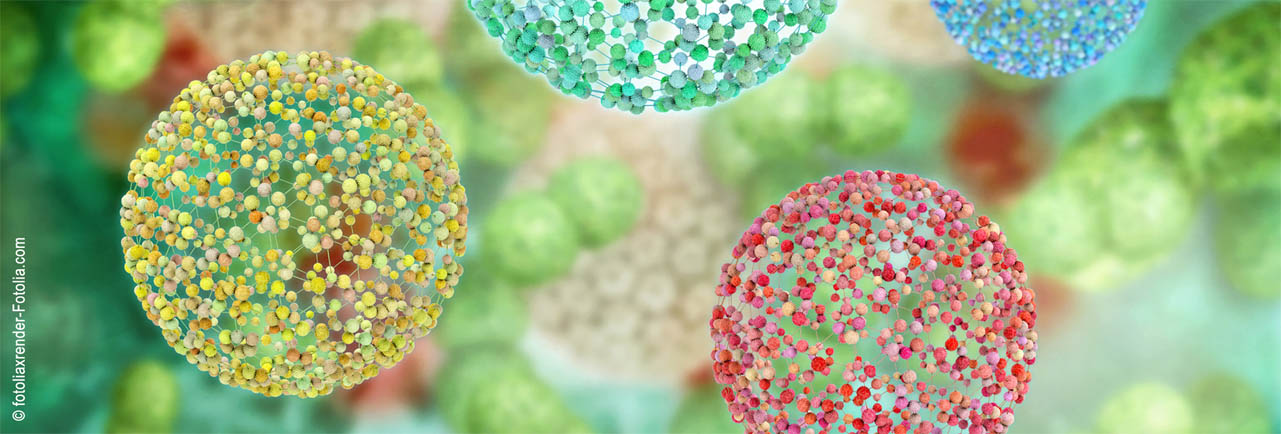Speaker
Description
Benzisothiazolinones (BIT) belong to a remarkable class of organic compounds known for their biocidal activity. [1] For this reason, they are extensively used in different applications including the widely employed drug Ebsulfur and many commercial additives, from laundry detergents [2] to food packaging.[3]
The deactivation mechanism of bacterial proteins begins with the nucleophilic attack of protein thiol groups on the electron deficient sulfur atom of the heterocycle, and the subsequent S-N bond cleavage, resulting in the formation of an S-Nucleophile bond, followed by a cascade of reactions which, ultimately, leads to cellular death. [4]
Herein we prove that the sulfur atom displays an electrophilic behaviour so that the chalcogen bond (ChB, i.e. the noncovalent interaction where elements of group 16 function as electrophiles) can influence and drive the early stages of the mechanism described above. The same investigation has been conducted on Ebselen, the selenium analogue of Ebsulfur, and in vivo tests have confirmed the propensity of the selenium atom in the heterocycle to act as ChB donor.[5]
Several crystal structures of BIT derivatives that exhibit short and directional S···O contacts are reported, demonstrating that this type of interaction, involving the electron deficient benzisothiazolinone sulfur, can easily arise in the solid, thus it is possible to infer that it may also be present at the active site of target enzymes.
Bibliography:
[1] H. X. Ngo, S. K. Shrestha, S. Garneau-Tsodikova, ChemMedChem, 2016, 11, 1507.
[2] O. Aerts, A. Goossens, J. Lambert, JP. Lepoittevin, Eur J Dermatol., 2017, 27, 115-122.
[3] P. Appendini, J. H. Hotchkiss, Innovative Food Science & Emerging Technologies, 2002, 3, 113-126.
[4] J. O. Morley, A. J. O. Kapur, M. H. Charlton, Org. Biomol. Chem., 2005, 3, 3713–3719.
[5] S. P. Thomas, K. Satheeshkumar, G. Mugesh, T. N. Guru Row, Chem. Eur. J., 2015, 21, 6793 – 6800.

